Transforming Urban Landscapes: The Rise of Solar Powered Street Lights in Modern City Planning
As urbanization continues to accelerate globally, cities face the dual challenge of enhancing infrastructure while reducing environmental impact. In this context, the adoption of Solar Powered Street Lights has emerged as a transformative solution in modern city planning. According to a report by MarketsandMarkets, the solar street lighting market is projected to reach USD 18.9 billion by 2025, growing at a CAGR of 22.5% from 2020 to 2025. This growth is driven by the increasing demand for energy-efficient and sustainable lighting options amidst rising concerns over carbon emissions and climate change. Solar Powered Street Lights not only reduce reliance on grid power but also contribute to the reduction of lighting costs by approximately 60-80% over their lifespan. Furthermore, installing these lights enhances public safety and helps in the revitalization of urban spaces, making them a key component of smart city initiatives. As cities increasingly prioritize sustainability, the integration of solar-powered solutions will significantly reshape urban landscapes in the years to come.
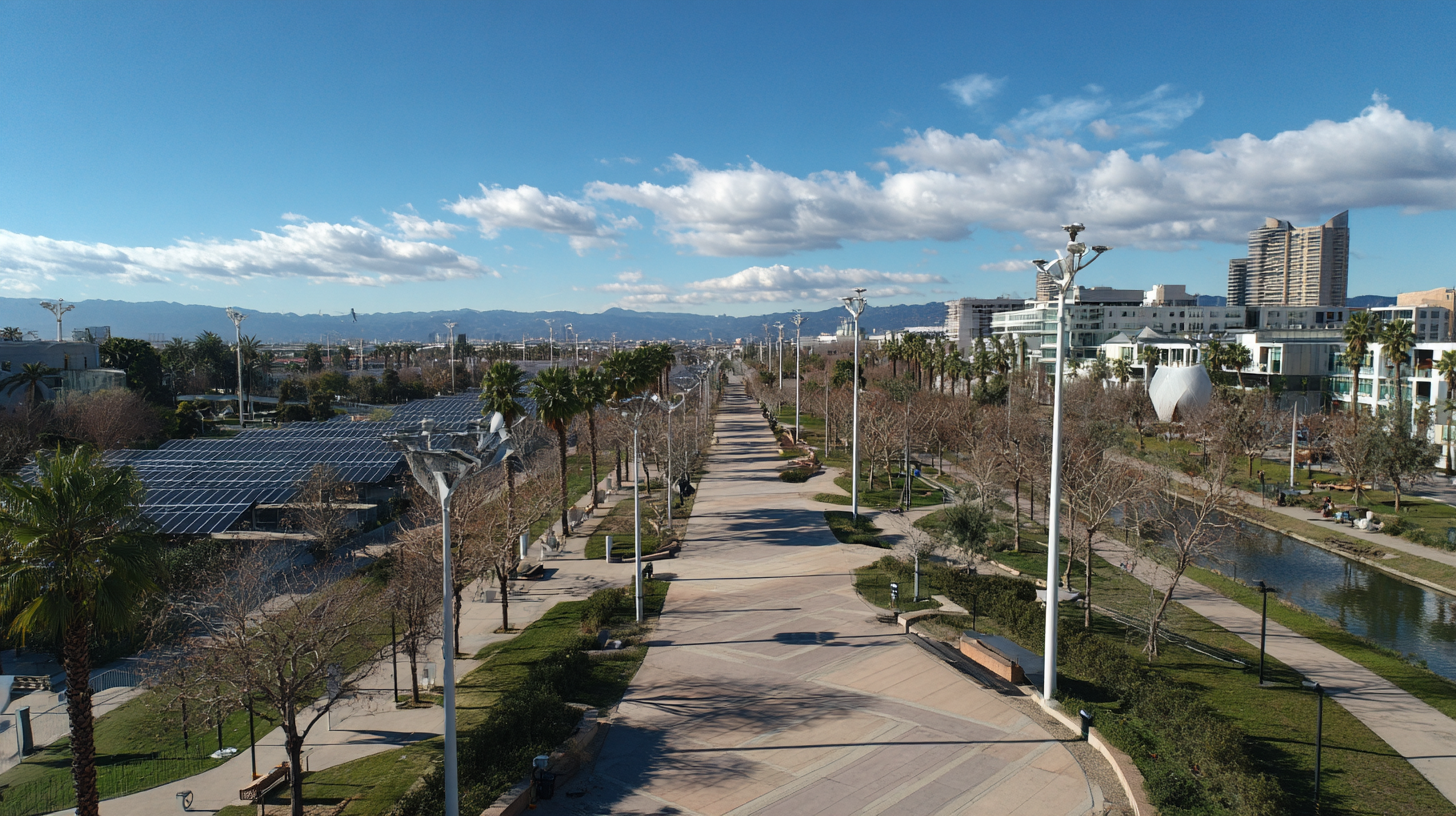
Understanding the Benefits of Solar Powered Street Lights in Urban Areas
The integration of solar-powered street lights in urban areas represents a significant shift in city planning, driven by both environmental concerns and cost-effectiveness. Research indicates that cities that adopt solar-powered lighting can reduce their energy costs by up to 75% compared to traditional street lighting systems, thus reallocating funds to other critical infrastructure needs. According to a report by the International Energy Agency, the global market for solar street lighting is projected to grow at a compound annual growth rate (CAGR) of 25.5% between 2021 and 2026, reflecting a broad acceptance of these sustainable solutions.
In addition to cost savings, solar street lights enhance urban safety and aesthetics. A study from the Urban Land Institute suggests that well-lit streets contribute to a 20% reduction in crime rates, fostering a sense of security among residents and pedestrians. Moreover, with advancements in technology, many solar lighting systems are equipped with smart features like motion sensors and LED capabilities that not only increase energy efficiency but also improve visibility and public safety in urban spaces. The rise of solar-powered street lights is thus not merely a trend but a critical component of modern, sustainable city planning aimed at creating safer and more environmentally-friendly urban environments.
Transforming Urban Landscapes: The Rise of Solar Powered Street Lights in Modern City Planning
| City | Number of Solar Street Lights | Energy Savings (%) | Reduction in CO2 Emissions (tons/year) | Installation Cost per Light ($) | Average Lifespan (years) |
|---|---|---|---|---|---|
| City A | 500 | 60 | 150 | 1200 | 15 |
| City B | 800 | 75 | 200 | 1500 | 20 |
| City C | 200 | 50 | 80 | 1000 | 12 |
| City D | 600 | 65 | 170 | 1100 | 18 |
Key Factors in Selecting the Right Solar Street Light for Your City
In modern city planning, solar-powered street lights are transforming urban landscapes by providing sustainable and efficient lighting solutions. When selecting the right solar street light for your city, several key factors should be considered to ensure optimal performance and longevity. According to the 2022 Solar Energy Industries Association report, cities adopting solar street lights can reduce energy costs by up to 75%, making it imperative for city planners to invest in the intelligent selection of these systems.
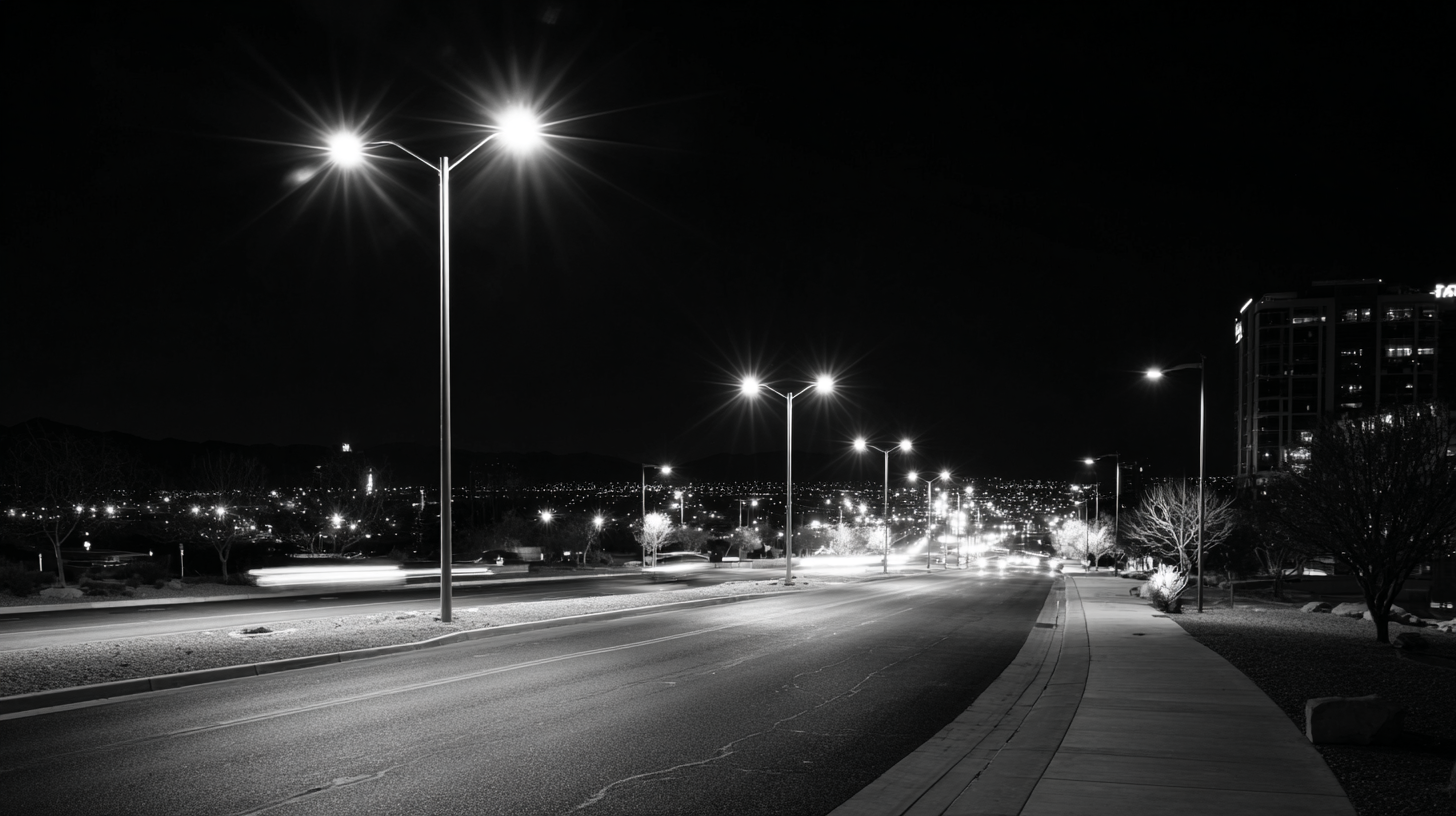
One critical factor is the location and intensity of light needed. Understanding the unique environmental conditions of your city, such as average sunlight exposure and urban density, will help in choosing fixtures with appropriate wattage and solar panel size. Additionally, consider solar lights with built-in sensors that adjust brightness based on real-time conditions, enhancing energy efficiency.
Tips: Always assess the durability of the materials used in solar street lights, especially in regions prone to harsh weather conditions. Opt for models with high IP ratings for better resistance against water and dust. Moreover, engaging with community stakeholders can provide valuable insights into light placement and design preferences, ensuring the selected lights meet both functional and aesthetic needs.
Steps to Integrate Solar Street Lights into Existing Urban Infrastructure
Integrating solar street lights into existing urban infrastructure is a pivotal step toward transforming urban landscapes into sustainable environments. According to the International Energy Agency (IEA), street lighting accounts for approximately 19% of global energy consumption for public lighting, making the adoption of solar technology crucial. Cities can significantly reduce their carbon footprint and energy costs by installing solar street lights, as these systems are powered by renewable energy and have minimal maintenance requirements. A recent study showcased that cities implementing solar street lights can realize up to 60% savings in energy costs annually.
To successfully integrate solar street lights, urban planners should consider retrofitting existing infrastructure with smart technology. This could involve installing motion sensors to optimize energy use during low traffic hours and utilizing LED fixtures for enhanced efficiency. Cities like San Diego have adopted such measures, resulting in a 40% reduction in energy consumption.
**Tips:** Start with pilot projects in high-traffic areas to gauge efficiency and community impact. Engaging local stakeholders in the planning process can also ensure that the solutions implemented meet residents' needs while promoting sustainability. Additionally, leveraging data analytics can aid in determining optimal locations for installation based on usage patterns and environmental factors.
Innovative Technologies Enhancing the Efficiency of Solar Street Lighting
The integration of innovative technologies has significantly enhanced the efficiency of solar street lighting, transforming urban landscapes. Advanced photovoltaic cells are now more efficient than ever, allowing solar panels to capture and convert sunlight into electricity with minimal loss. These cutting-edge panels often utilize materials such as monocrystalline silicon, which boasts higher efficacy rates and durability compared to traditional options. As a result, cities can now deploy solar street lights that offer more extended operational hours and reduced energy costs, leading to sustainable urban management.
Additionally, smart technology is revolutionizing the operation of solar street lighting systems. Incorporating sensors and IoT connectivity enables these lights to adapt to real-time conditions. For instance, motion sensors can dim the lights when no one is present, conserving energy while ensuring safety in public spaces. Furthermore, remote management systems allow city planners to monitor performance, troubleshoot issues, and optimize energy usage more effectively. This blend of solar power and smart technology not only improves public safety but also promotes a greener urban environment, significantly contributing to the resilience of modern cities.
Transforming Urban Landscapes: Solar Powered Street Lights Implementation
This chart illustrates the adoption rates of solar-powered street lights in various cities over the past five years. It highlights the increase in implementation as urban areas move towards sustainable energy solutions.
Community Engagement Strategies for Solar Street Light Implementation
In the quest for sustainable urban environments, the implementation of solar-powered street lights has gained momentum, yet their success often hinges on effective community engagement. According to a recent report by the International Renewable Energy Agency (IRENA), cities that involve local communities in the decision-making process see a 30% increase in public support and participation in renewable projects. Engaging residents through workshops, surveys, and informational sessions can help identify their unique needs and address concerns, fostering a sense of ownership over the new infrastructure.
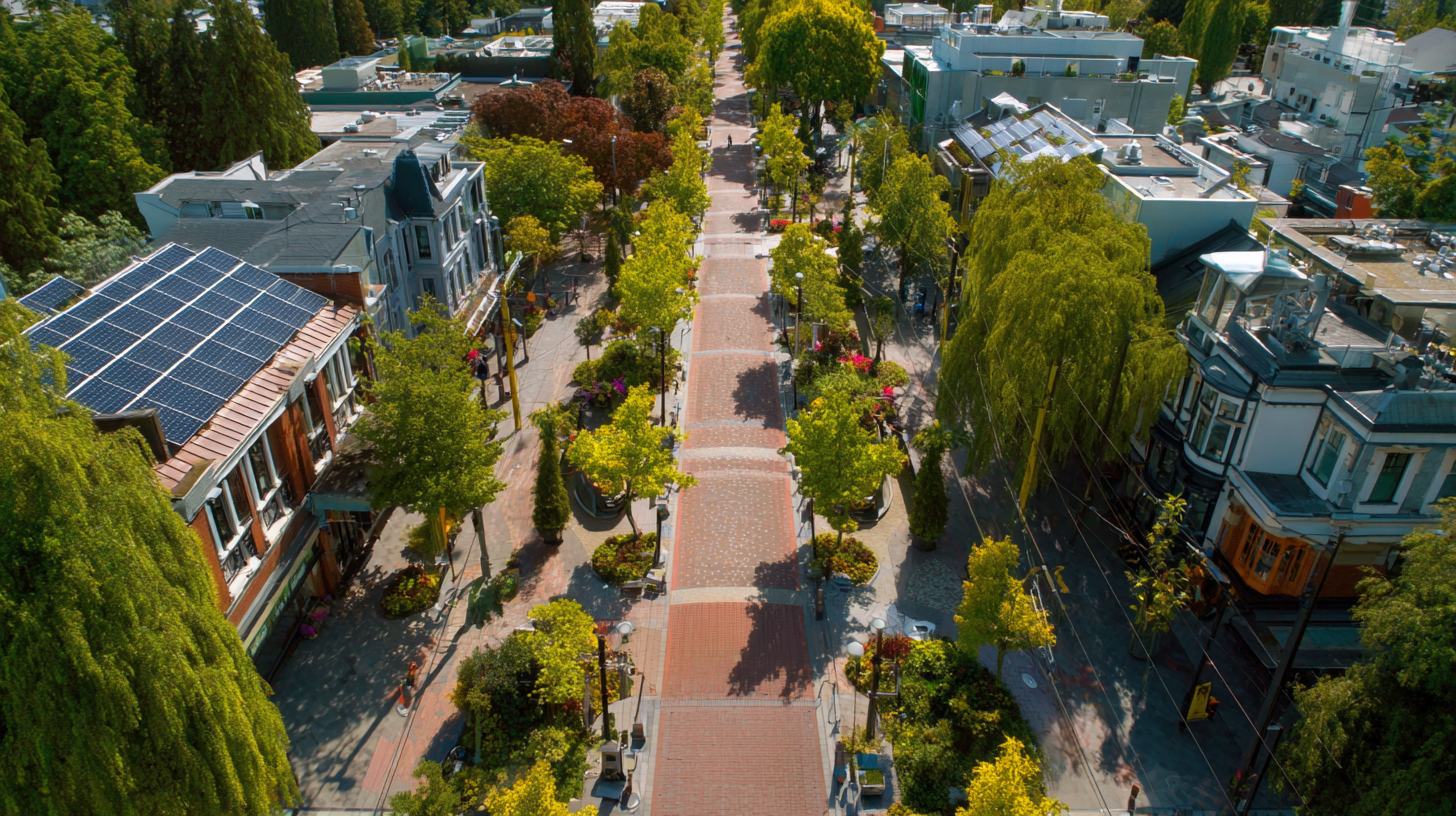
Moreover, participation can lead to innovative solutions that resonate more deeply within the community. A study from the National Renewable Energy Laboratory (NREL) indicates that streetscapes designed with community input not only enhance aesthetic values but also increase safety and usability. For instance, neighborhoods that collaborated on the placement of solar street lights reported a 40% decrease in crime rates, demonstrating how tailored community strategies can yield tangible social benefits while simultaneously contributing to environmental goals.
Related Posts
-

Empowering Global Trust: Premium Solar Street Lamps from Leading Chinese Manufacturers
-

Ultimate Solutions for Enhancing Outdoor Spaces with the Best Solar Lights
-
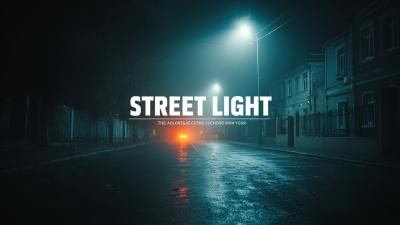
Innovative Applications of Best Street Light and a Guide to Choosing Yours
-
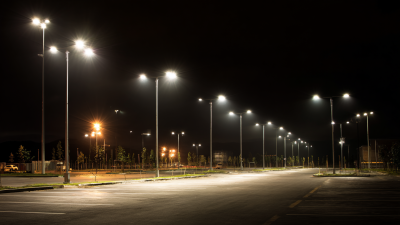
Top Strategies for Maximizing Safety with Led Parking Lot Lights
-
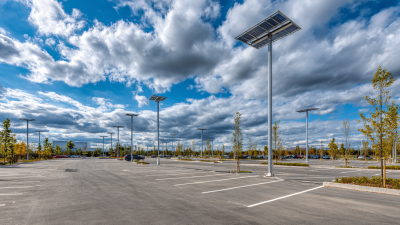
Navigating Export Standards for Best Solar Parking Lot Lights a Comprehensive Tutorial for Global Buyers
-
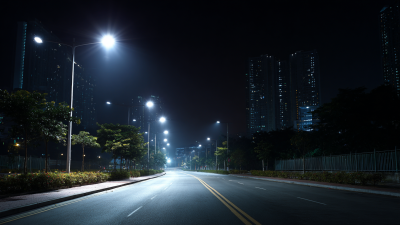
How to Enhance Urban Safety with Smart Street Light Solutions
